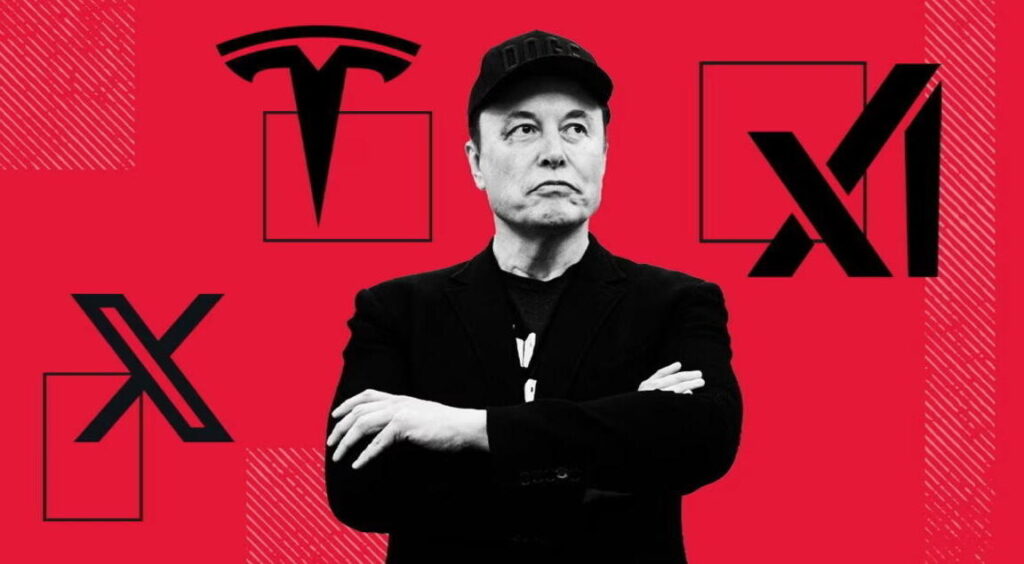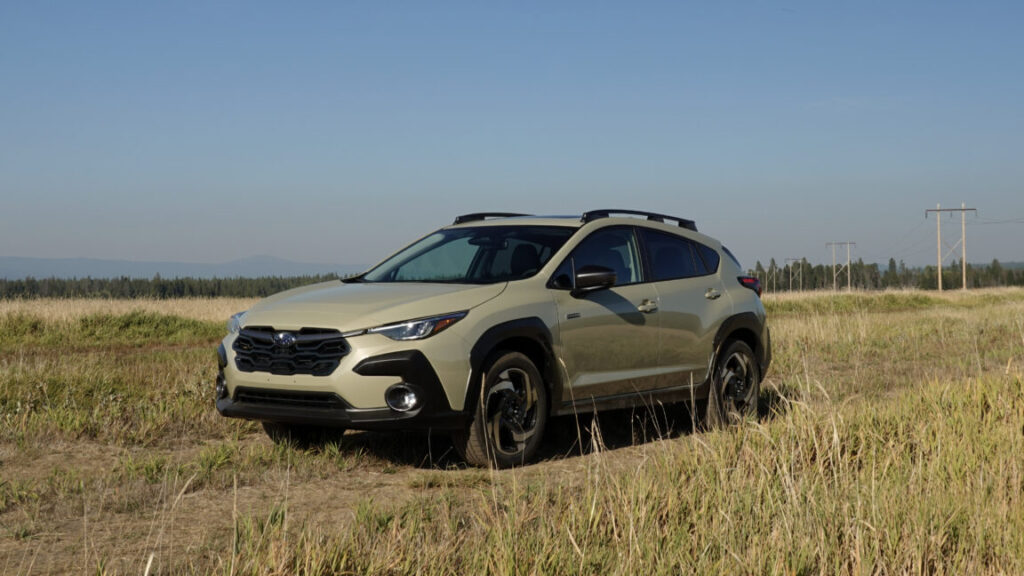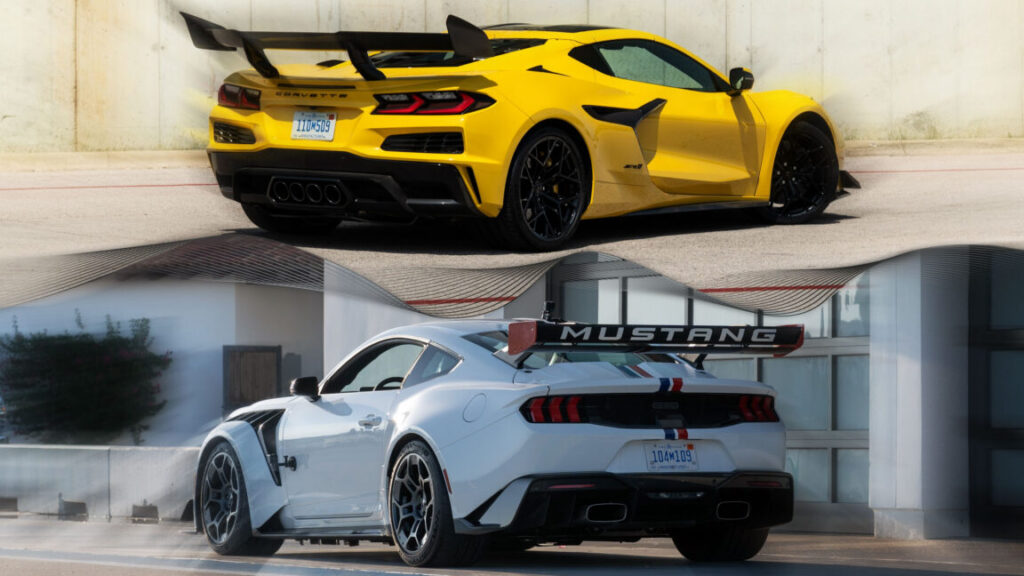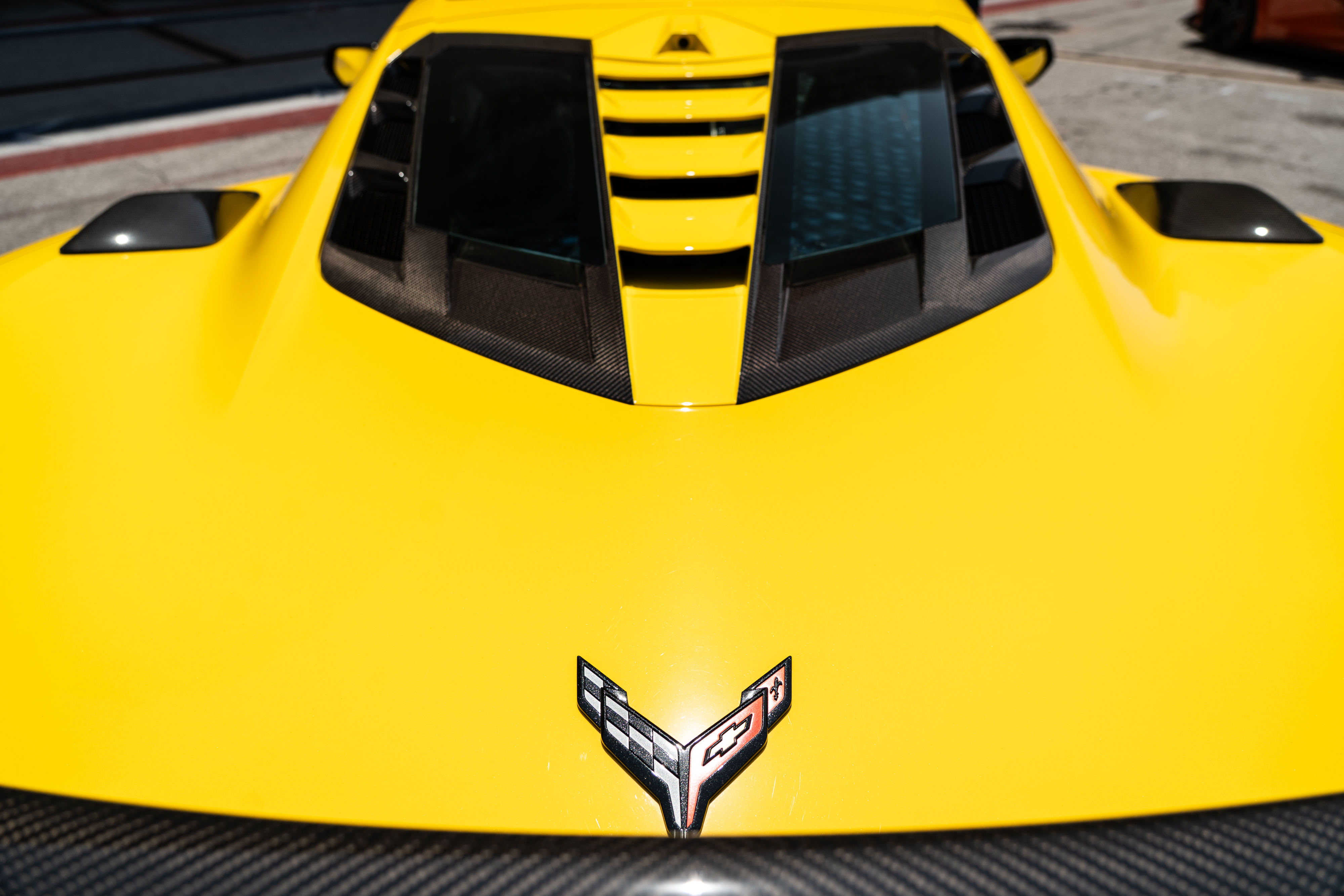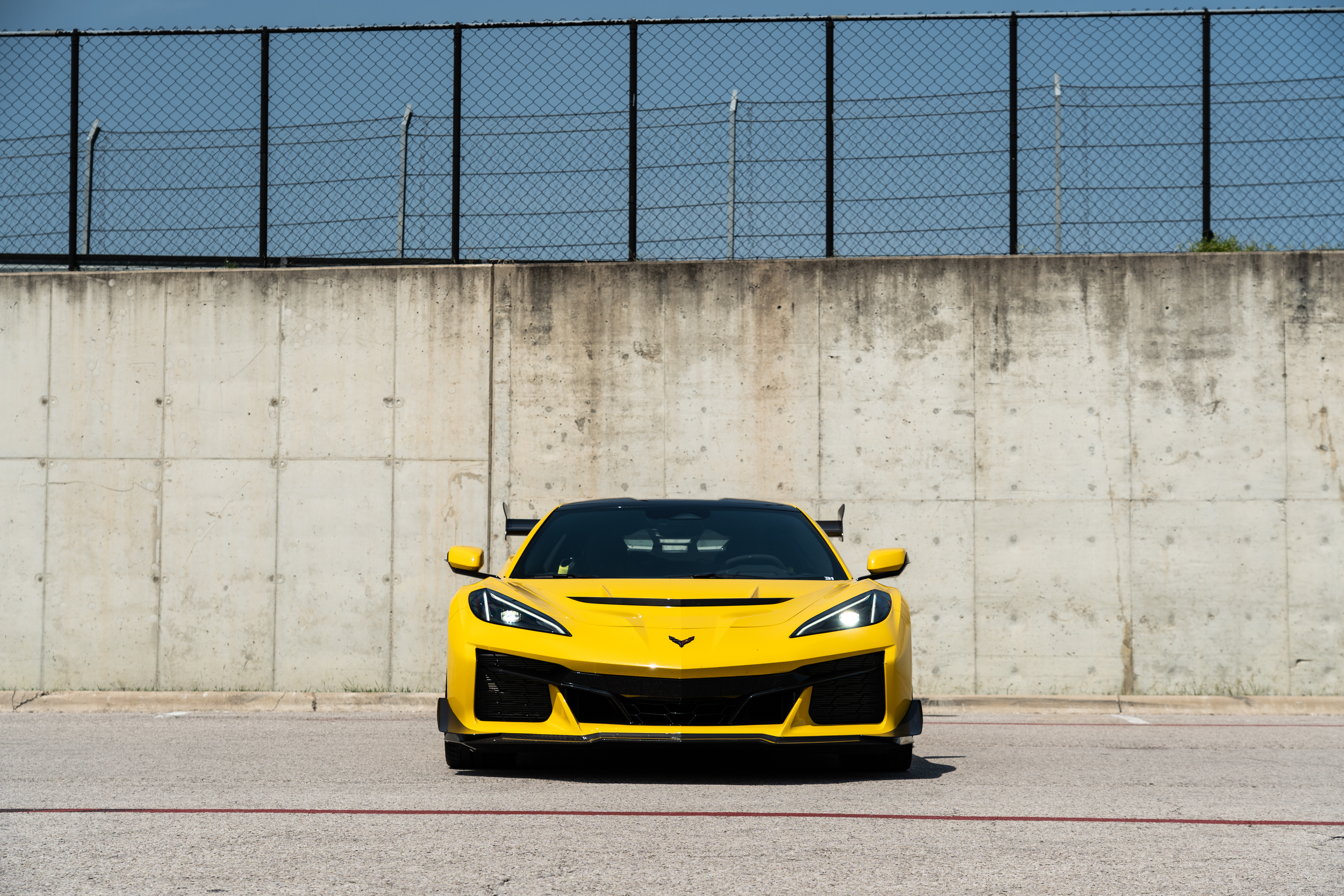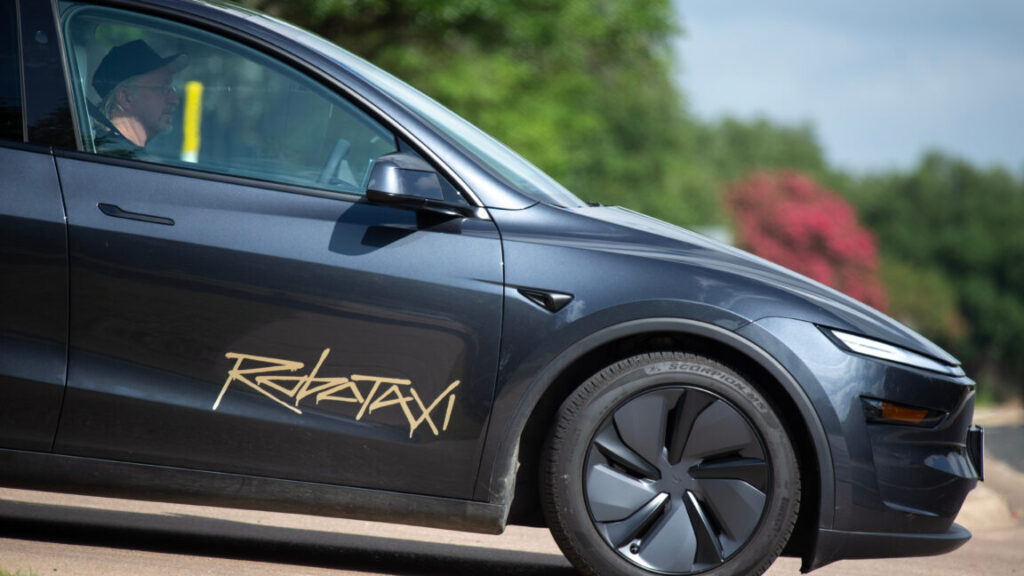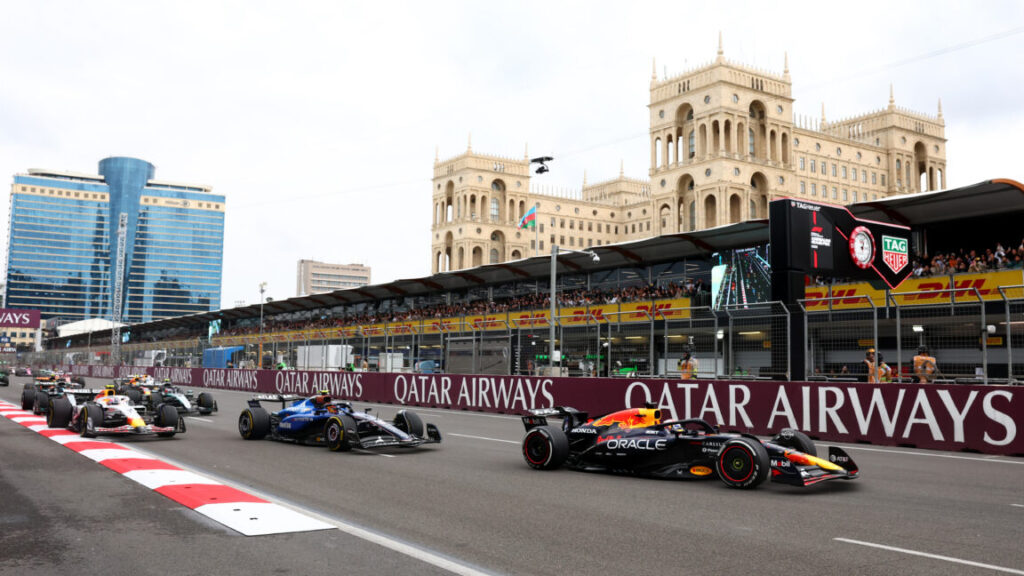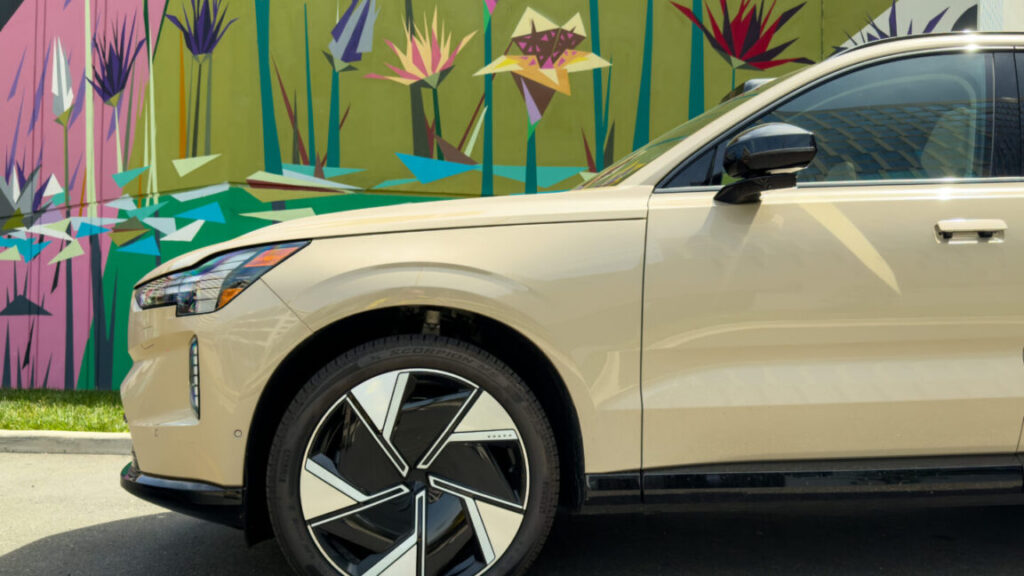Tesla reverses sales decline in Q3, sells 50k more cars than it built
This morning, Tesla published its production and delivery numbers for the third quarter of the year. We’ve heard the same story for a while, one of diminishing sales as customers tire of a stale product lineup and are repulsed by the politics of the company’s CEO. But Q3 2025 tells a different tale. It’s been a good three months for the beleaguered automaker, one that appears to have cleared out a lot of old inventory.
Tesla built a total of 447,450 electric vehicles between July and September this year. That’s actually a 4.8 percent decrease compared to the same three months last year.
The Models 3 and Y production lines saw less of a slowdown—Tesla built 435,826 of these EVs, a 1.8 percent decline on last year. But the Models S and X, grouped together with the US-only Cybertruck, saw the greatest cutbacks. Just 11,624 of these collected models were produced, a 55.1 percent decrease compared to Q3 2024.
By contrast, Tesla managed to sell 497,099 cars during Q3 2025, a 7.4 percent increase compared to Q3 2024. The Models 3 and Y did all the heavy lifting here, increasing sales by 9.4 percent year over year to 481,166. But the near-antique Models S and X, and the divisive Cybertruck kept playing the old tune: sales of these models dropped by 30.5 percent to just 15,933 units.
That’s well above most analysts’ estimates for Q3, which predicted that the automaker would sell fewer than 450,000. The end of the IRS clean vehicle tax credit in the US is believed to be a significant contributing factor to the sales growth, although registration data from Europe has shown sales growth in France, Spain, Denmark, and Norway.
It’s quite the clear-out of inventory—more than 45,000 Models 3 and Y and more than 4,000 of Tesla’s other EVs have been cleared from Tesla’s books.
Tesla reverses sales decline in Q3, sells 50k more cars than it built Read More »




